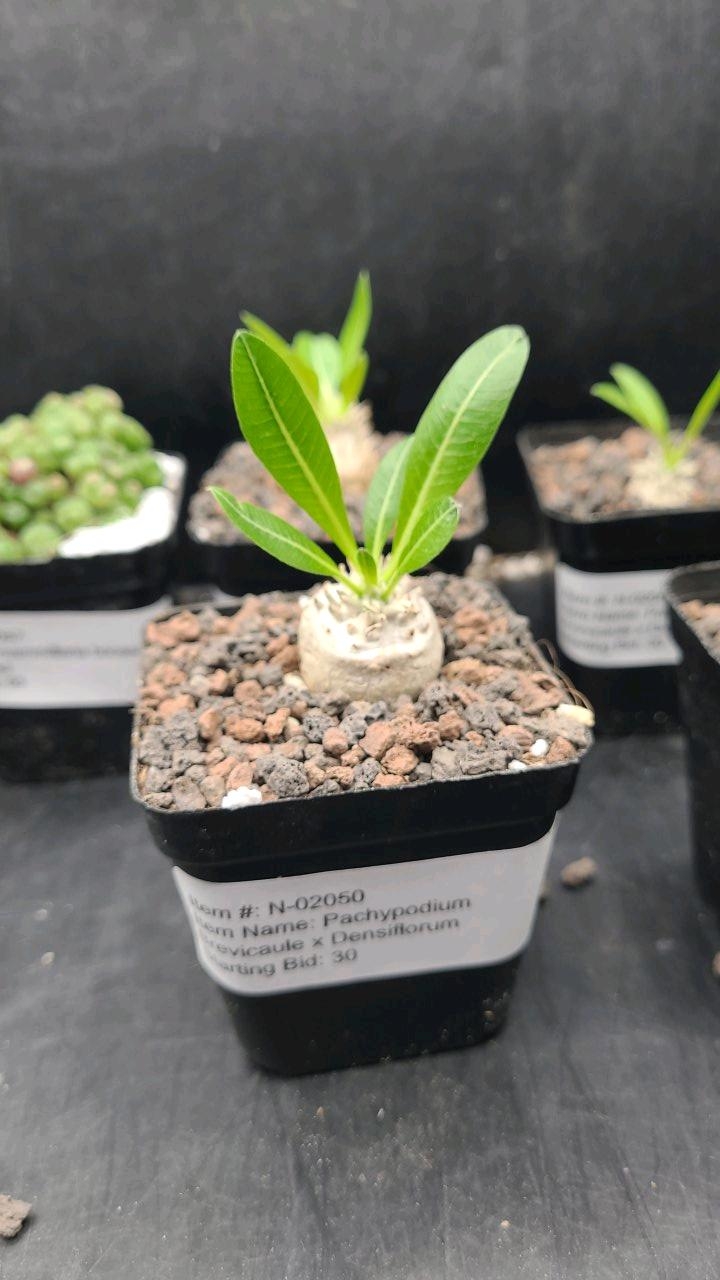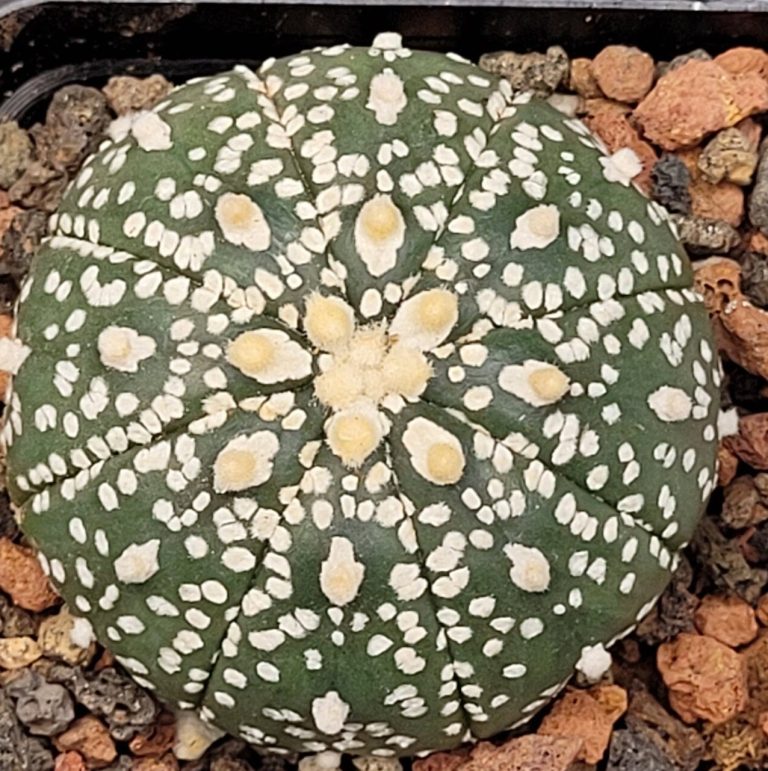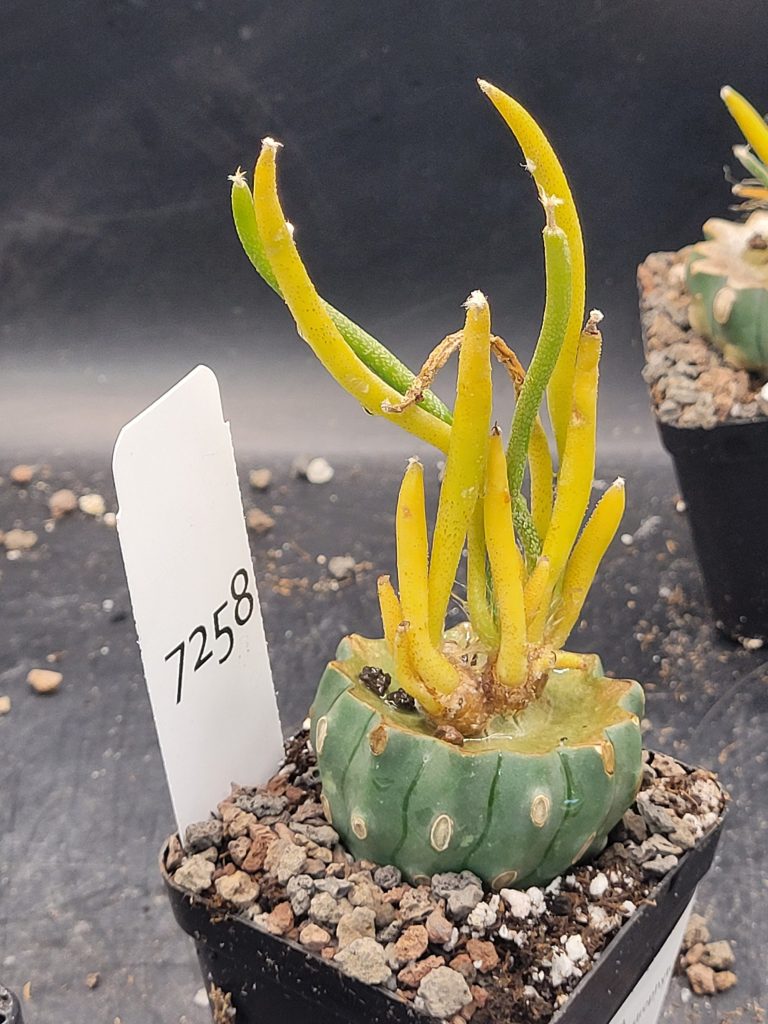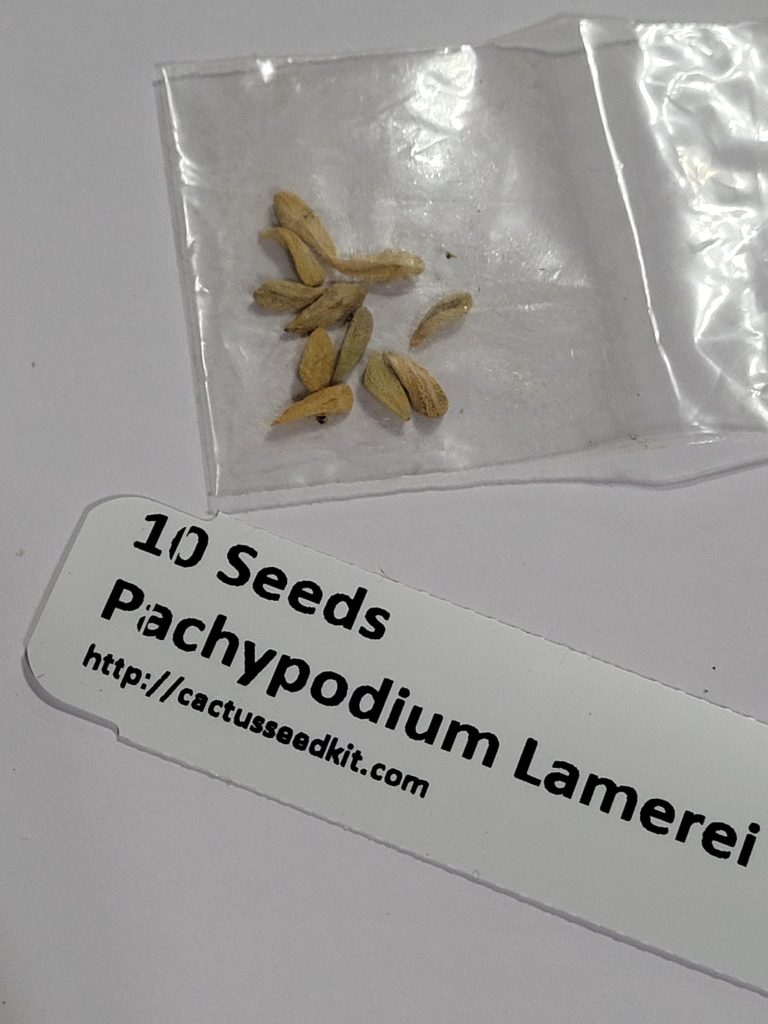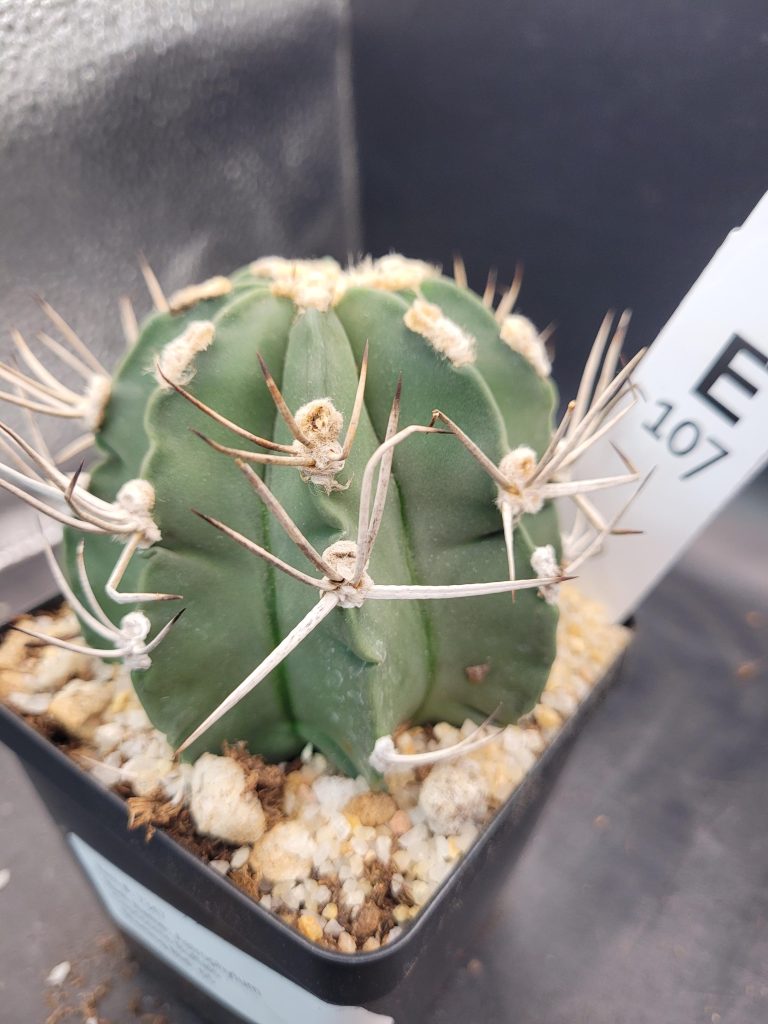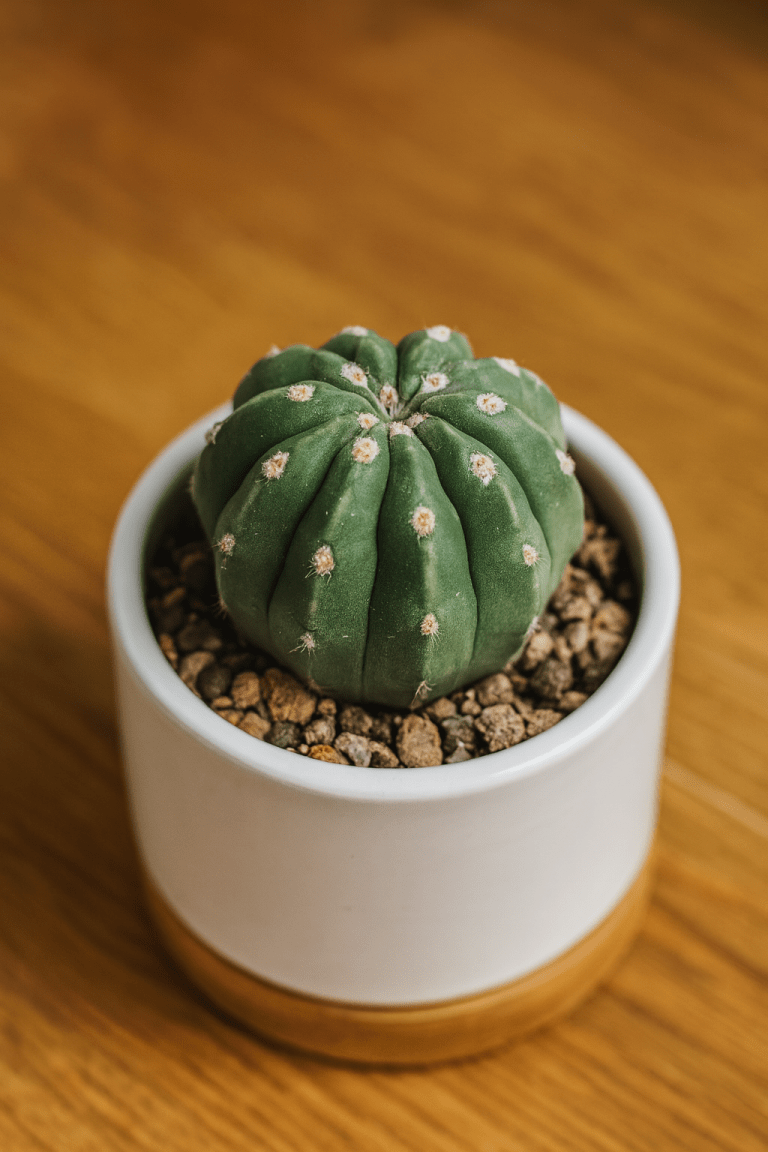The Myrtillocactus Geometrizans, affectionately known as the “Boobie” cactus due to its striking resemblance to a certain female form, is a captivating addition to any succulent collection. With its distinctive blue-green stems and whimsical silhouette, this unique cactus species has garnered widespread fascination among plant enthusiasts. If you’re eager to propagate your own Boobie cactus and watch it thrive, this guide will unveil the secrets to successfully rooting this intriguing plant.
1. Selecting the Right Cutting: To propagate Myrtillocactus Geometrizans, start by selecting a healthy stem segment to use as a cutting. Choose a segment that is mature, plump, and free from signs of damage or disease. Ideally, opt for a stem that has recently stopped growing, as this indicates that it has stored sufficient energy reserves for rooting.
2. Allowing the Cutting to Callus: Once you’ve obtained your cutting, allow it to dry and callus for several days before attempting to root it. Place the cutting in a warm, dry location with indirect sunlight, such as a windowsill or outdoor patio. Allowing the cut end to callus will help prevent rot and promote successful rooting. You can also allow it to root without placing on soil. Placing it in a dry place with little light will help to encourage roots to start before planting it. It can also help to dust the end with a rooting hormone to both sterilize and encourage root development.
3. Preparing the Potting Medium: While the Boobie cactus is known for its resilience and ability to thrive in arid conditions, it still requires a well-draining potting medium to encourage root development. Prepare a mixture of cactus potting soil or succulent mix combined with perlite or coarse sand to ensure excellent drainage. Fill a small pot or container with the potting medium, leaving room for the cutting.
4. Planting the Cutting: Once the cutting has formed a callus, it’s time to plant it in the prepared potting medium. Make a small hole in the soil with your finger or a pencil, and gently insert the cut end of the stem into the hole, although not too deeply. Ensure that the cutting is positioned upright and stable in the soil to promote successful rooting. It can help to support the cactus using a chopstick and some twine or wrapped plant wire. Don’t bury too much of the cactus, just enough to get the root end in good contact with the soil.
5. Providing Adequate Care: After planting the cutting, place the pot in a bright location with indirect sunlight. Avoid exposing the cutting to intense sunlight, as this can cause sunburn and stress. Water the cutting sparingly, allowing the soil to dry out partially between waterings. Overwatering can lead to rot and hinder root development, so err on the side of caution.
6. Monitoring for Root Development: Rooting Myrtillocactus Geometrizans cuttings can take several weeks to months, depending on environmental conditions and the health of the cutting. During this time, monitor the cutting closely for signs of root development. Look for new growth or firmness at the base of the cutting, indicating that roots are beginning to form.
7. Transplanting the Rooted Cutting: Once the cutting has developed a healthy root system, it’s ready to be transplanted into a larger pot or outdoor garden bed. Choose a well-draining soil mix similar to the one used for rooting, and carefully transfer the rooted cutting into its new home. Provide ongoing care and maintenance as the plant continues to grow and thrive.
Conclusion: With patience, care, and the right techniques, rooting Myrtillocactus Geometrizans “Boobie” cactus cuttings can be a rewarding and enjoyable experience. By following these steps and providing the proper care, you’ll soon be rewarded with a thriving Boobie cactus plant that adds charm and character to your succulent collection. Enjoy the journey of propagation and watch as your Boobie cactus flourishes into a magnificent specimen.

